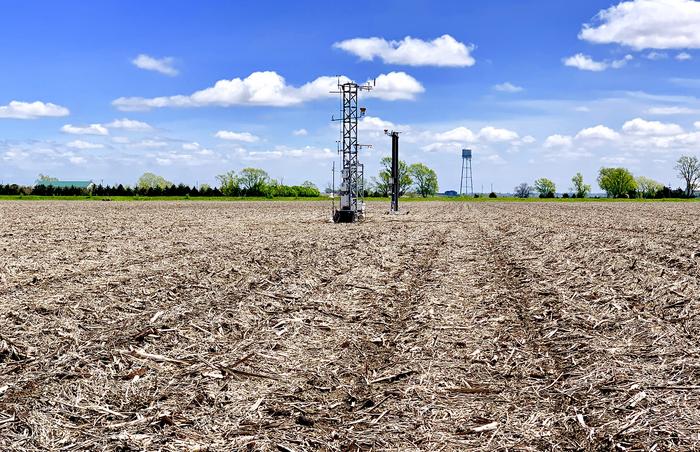I wrote an article in 2017 titled “Seed Production and Turkey Trots.” The premise was that, when the proper planning goes into a season, the results can be incredible, just like preparing for a race.
The 2023 seed corn crop year gave us an opportunity to put those words into practice.
Long-Term Outlook
We track multiple long-term weather models. Each pointed to a higher chance of dry weather in the Corn Belt. This was supported by expectations of a late-arriving El Nino that could limit early-season rainfall with temps a touch above normal.
Our Response
The benefit of multiple seed corn growing regions and facilities is that we can shift acres to maximize the opportunity for success. For 2023, we shifted more acres to our irrigated production areas in Michigan and Indiana. We employed strip tillage on about half of our non-irrigated acres to retain as much soil moisture as possible. Our growers on irrigated acres started running their pivots before the soil was low on moisture. If the spring was dry and got too hot, the soil profile could dry out fast, so we watered early and often!
We knew that a crop under stress needs to be proactively protected. Insect pressure can be heavier in dry conditions and, when plants are under stress, they aren’t able to fight off disease as well. We planned a two-pass fungicide and insecticide regime and used an aggressive package on the first pass, just prior to detasseling. We wanted to give the plants as much horsepower to get through pollination as possible. We increased our post-detasseling scouting and used precise second-round chemistry based on observations.
The Results
Our work paid off! Despite one of the driest seasons in our growing areas, we are harvesting a crop that is above (well above in some cases!) our pre-season yield expectations. Our stands were strong and even because we added water before the soil dried out and used minimum tillage to hold moisture. Our fungicide and insecticide applications powered the plants through a warmer pollination period and resulted in one of the cleanest crops we’ve harvested.
These aren’t ground-breaking agronomic strategies, but they do speak to the benefits of acting with intention. We gave our field teams access to the forward-looking information they needed to develop solutions for potential weather challenges. We engaged with our growers to adjust their practices and worked with our input providers so they could respond to our changing management responses.
This effort to plan and prepare at all levels of the company, including our contractors, delivered the results that our clients expect from a reliable supplier of high-quality seed corn!








